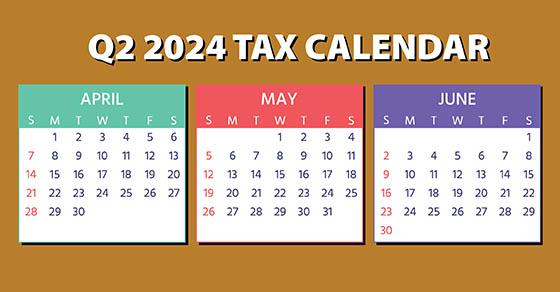The qualified business income (QBI) deduction is available to eligible businesses through 2025. After that, it’s scheduled to disappear. So if you’re eligible, you want to make the most of the deduction while it’s still on the books because it can potentially be a big tax saver.
Deduction basics
The QBI deduction is written off at the owner level. It can be up to 20% of:
- QBI earned from a sole proprietorship or single-member LLC that’s treated as a sole proprietorship for tax purposes, plus
- QBI from a pass-through entity, meaning a partnership, LLC that’s treated as a partnership for tax purposes or S corporation.
How is QBI defined? It’s qualified income and gains from an eligible business, reduced by related deductions. QBI is reduced by: 1) deductible contributions to a self-employed retirement plan, 2) the deduction for 50% of self-employment tax, and 3) the deduction for self-employed health insurance premiums.
Unfortunately, the QBI deduction doesn’t reduce net earnings for purposes of the self-employment tax, nor does it reduce investment income for purposes of the 3.8% net investment income tax (NIIT) imposed on higher-income individuals.
Limitations
At higher income levels, QBI deduction limitations come into play. For 2024, these begin to phase in when taxable income before any QBI deduction exceeds $191,950 ($383,900 for married joint filers). The limitations are fully phased in once taxable income exceeds $241,950 or $483,900, respectively.
If your income exceeds the applicable fully-phased-in number, your QBI deduction is limited to the greater of: 1) your share of 50% of W-2 wages paid to employees during the year and properly allocable to QBI, or 2) the sum of your share of 25% of such W-2 wages plus your share of 2.5% of the unadjusted basis immediately upon acquisition (UBIA) of qualified property.
The limitation based on qualified property is intended to benefit capital-intensive businesses such as hotels and manufacturing operations. Qualified property means depreciable tangible property, including real estate, that’s owned and used to produce QBI. The UBIA of qualified property generally equals its original cost when first put to use in the business.
Finally, your QBI deduction can’t exceed 20% of your taxable income calculated before any QBI deduction and before any net capital gain (net long-term capital gains in excess of net short-term capital losses plus qualified dividends).
Unfavorable rules for certain businesses
For a specified service trade or business (SSTB), the QBI deduction begins to be phased out when your taxable income before any QBI deduction exceeds $191,950 ($383,900 for married joint filers). Phaseout is complete if taxable income exceeds $241,950 or $483,900, respectively. If your taxable income exceeds the applicable phaseout amount, you’re not allowed to claim any QBI deduction based on income from a SSTB.
Other factors
Other rules apply to this tax break. For example, you can elect to aggregate several businesses for purposes of the deduction. It may allow someone with taxable income high enough to be affected by the limitations described above to claim a bigger QBI deduction than if the businesses were considered separately.
There also may be an impact for claiming or forgoing certain deductions. For example, in 2024, you can potentially claim first-year Section 179 depreciation deductions of up to $1.22 million for eligible asset additions (subject to various limitations). For 2024, 60% first-year bonus depreciation is also available. However, first-year depreciation deductions reduce QBI and taxable income, which can reduce your QBI deduction. So, you may have to thread the needle with depreciation write-offs to get the best overall tax result.
Use it or potentially lose it
The QBI deduction is scheduled to disappear after 2025. Congress could extend it, but don’t count on it. So, maximizing the deduction for 2024 and 2025 is a worthy goal. We can help.
© 2024







